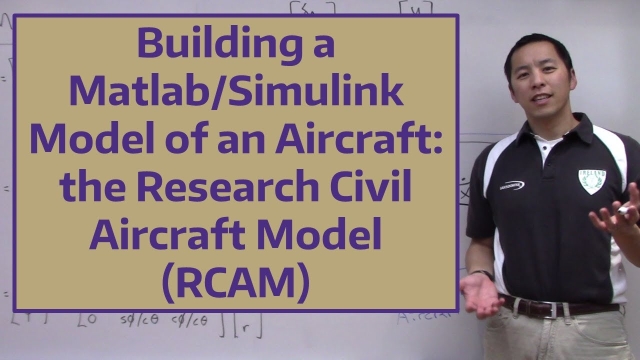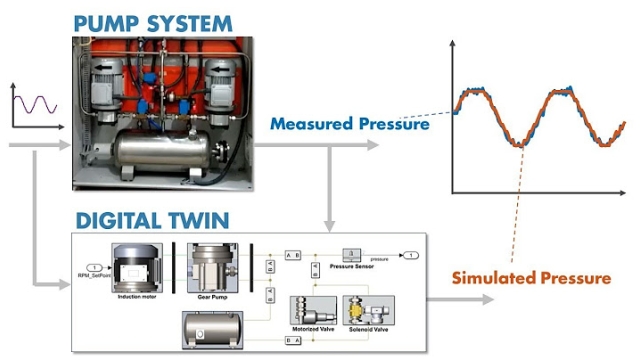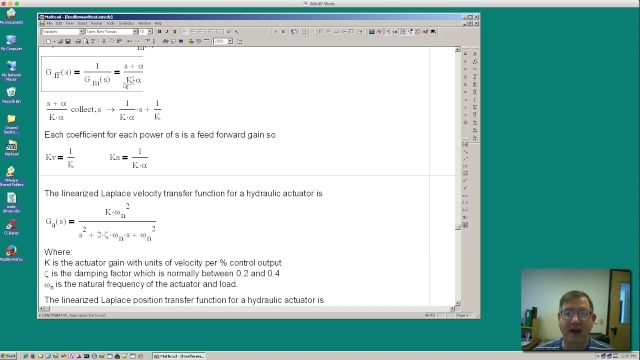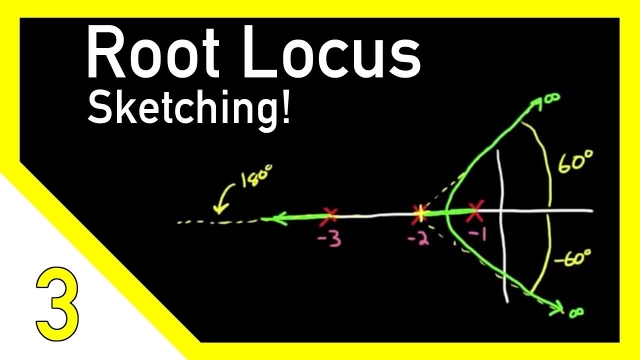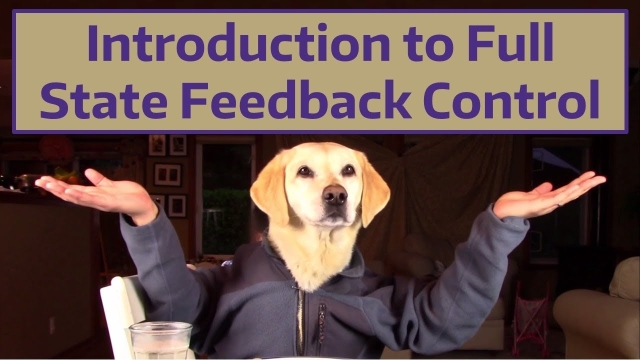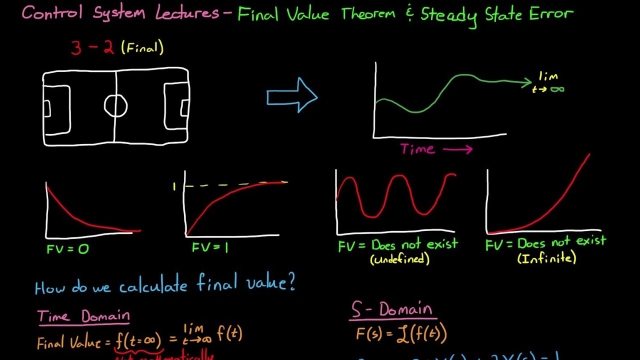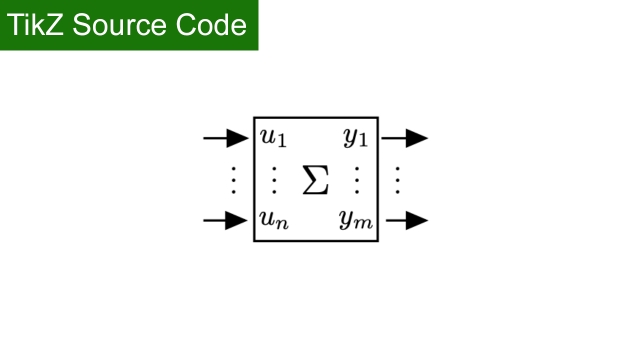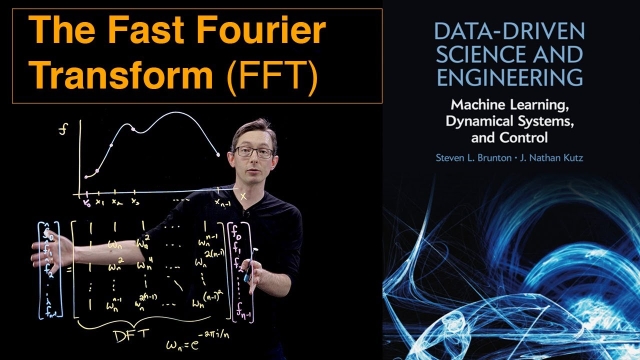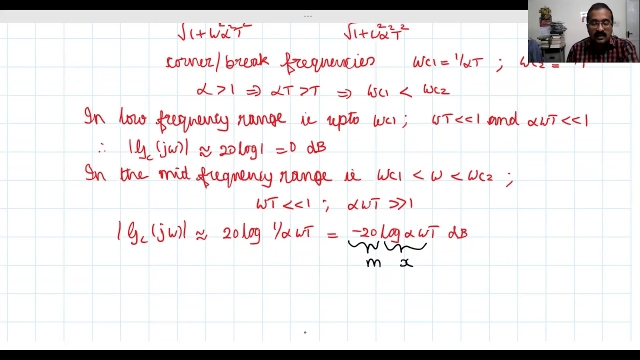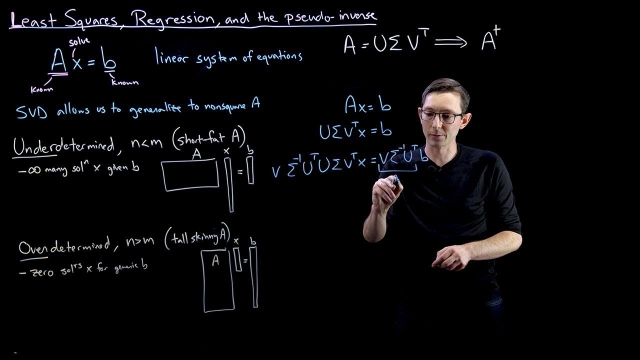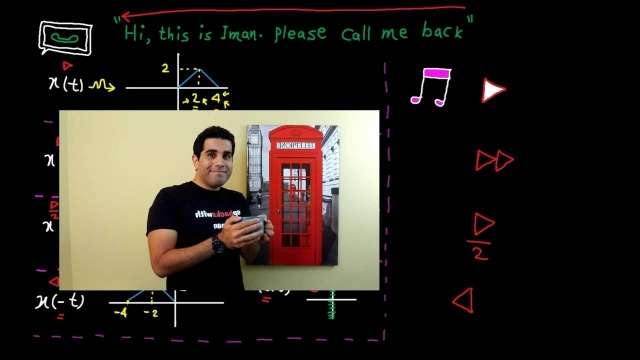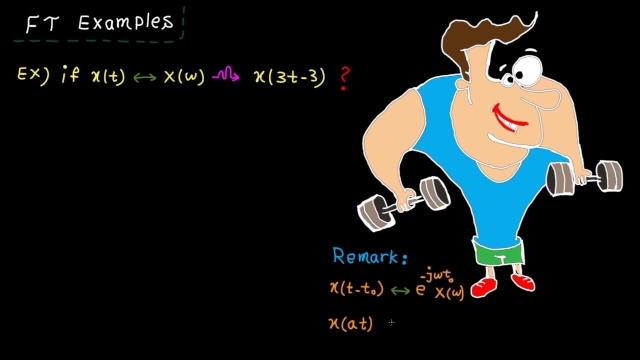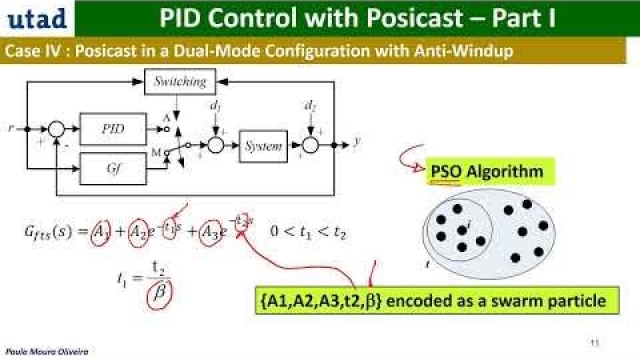
Second Order Dynamics in Process Control
How do we simulate two first order transfer functions in series, a inherently second order system, or two coupled differential equations? Tune in to find out!
See MoreFrequency domain – tutorial 4: Gibbs phenomenon
In this video, we quickly review the Gibbs phenomenon which involves two facts:1) Fourier sums overshoot at a jump discontinuity2) overshoot does not disapp...
See MoreUnderstanding Model Predictive Control, Part 4: Adaptive, Gain-Scheduled and...
This video explains the type of MPC controller you can use based on your plant model, constraints, and cost function. An optimization problem with these properties is a convex one, and you...
See MoreVisually Determining Transfer Functions
Process Control classes can get pretty hard to follow when you lose sight of what transfer functions really are. How do you get them in the first place?
See MoreApollo's Flight Computer: Epitome of Engineering
The Apollo missions' success can be vastly accredited to the success of building a robust, one-of-a-kind flight computer for its guidance, navigation and control. Follow this video to...
See MoreIntroduction to System Stability and Control
This video attempts to provide an intuitive understanding of concepts like stability and stability margin. I briefly describe both of these topics with examples and explain how you can...
See MoreDeploying Deep Learning Models | Deep Learning for Engineers, Part 5
This video covers the additional work and considerations you need to think about once you have a deep neural network that can classify your data. We need to consider that the trained network...
See MoreControllability, Reachability, and Eigenvalue Placement [Control Bootcamp]
This lecture explains the equivalence of controllability, reachability, and the ability to arbitrarily place eigenvalues of the closed loop system.
See MoreBuilding a Matlab/Simulink Model of an Aircraft: the Research Civil Aircraft...
In this video we implement the RCAM model as a Matlab script that is called from a Simulink model. The result is a fully encapsulated Simulink model of a no...
See MoreDigital Twin Parameter Tuning
Learn how to tune the digital twin model of a pump system to its physical asset using Simulink Design Optimization™. You can use measured data collected from the physical system to tune the...
See MorePeter Ponders PID - Feed Forward Theory and Calculations
Discrete control #5: The bilinear transform
This is video number five on discrete control and here, we’re going to cover the famous and useful bilinear transform. The bilinear transform is yet another method for converting, or mapping...
See MoreSketching Root Locus Part 2
This is the second part of how to sketch a root locus by hand. However instead of following the normal rules for sketching a locus that you'd see in a book, I decided to explain the rules...
See MoreIntroduction to Full State Feedback Control
In this video we introduce the concept of a full state feedback controller. We discuss how to use this system to place the eigenvalues of the closed loop sys...
See MoreFinal Value Theorem and Steady State Error
This Final Value Theorem is a way we can determine what value the time domain function approaches at infinity but from the S-domain transfer function. This is very helpful when we're trying...
See MoreFinal Value Theorem
In this video we discuss the Final Value Theorem. Given a signal in the Laplace domain, this allows us to predict the steady state value of the signal in th...
See MoreTikZ source Code: A single MIMO system
TikZ source Code: A single MIMO system
See MoreThe Fast Fourier Transform (FFT)
Here I introduce the Fast Fourier Transform (FFT), which is how we compute the Fourier Transform on a computer. The FFT is one of the most important algorithms of all time.
See MoreWhat Is a Control System and Why Should I Care? (Part 2)
This talk gives a glimpse of some of the methods and math that allow us to understand feedback systems. Continuing on from Part 1, it gives a description of how we use scientific principles...
See MoreLecture 28: Lag Compensator Design using Bode Plots
Linear Systems of Equations, Least Squares Regression, Pseudoinverse
This video describes how the SVD can be used to solve linear systems of equations. In particular, it is possible to solve nonsquare systems (overdetermined or underdetermined) via least...
See MoreTime domain - tutorial 3: signal transformations
In this video, we learn how different transformations can change the signal shape. Specifically, we cover time shifting & scaling as well as amplitude shift...
See MoreLecture 10: Second Order Underdamped Systems: Unit step response and time do...
Frequency domain – tutorial 7: Fourier transform examples marathon
In this video, we solve lots of lots examples to practice how to quickly find Fourier transform using table of pairs and properties. The learning objective i...
See MorePID Control with Posicast 7 - ( In English )
In this video closed-loop configurations with PID controllers and Posicast are introduced.
See More
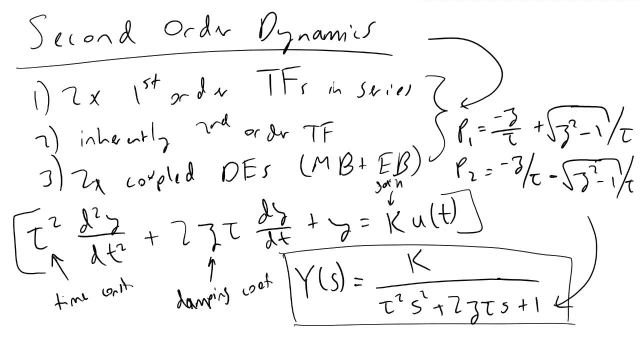
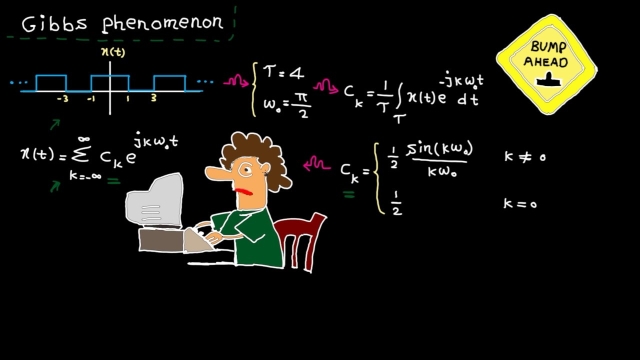
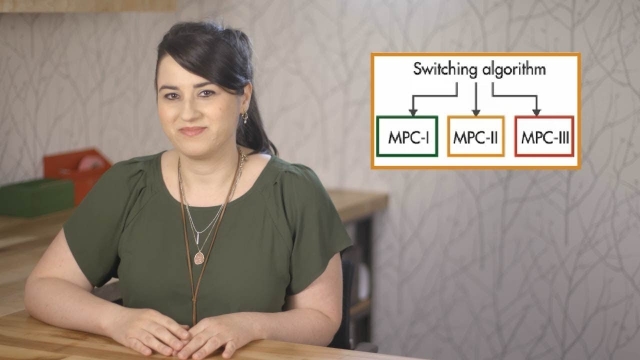
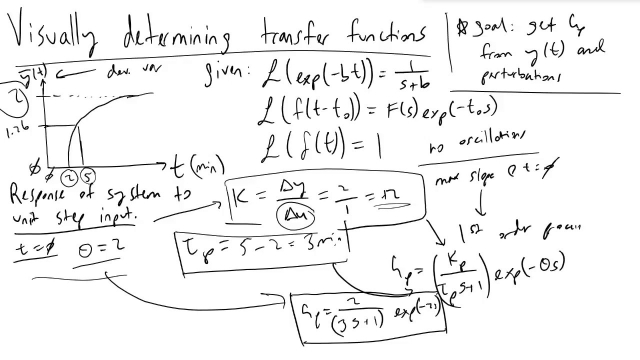
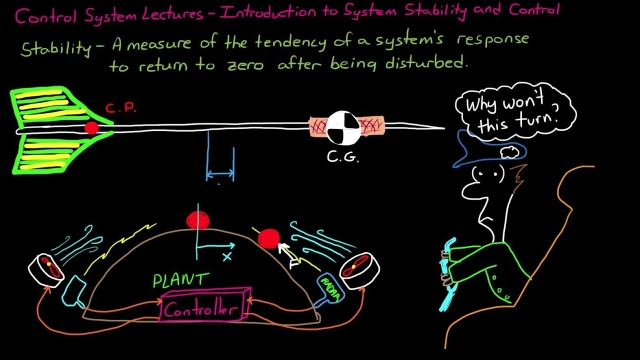
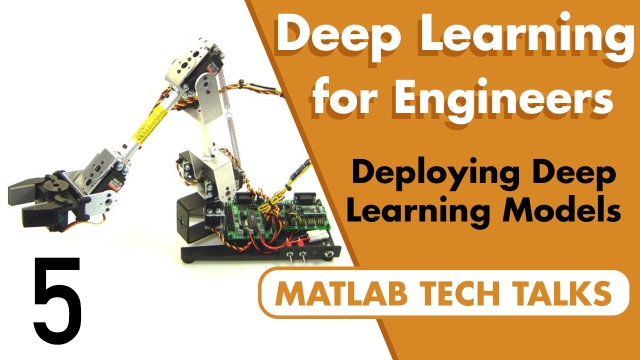
![Controllability, Reachability, and Eigenvalue Placement [Control Bootcamp]](/sites/default/files/styles/search_resulkts/public/2020-12/maxresdefault_304.jpg?itok=qj48C5IZ)
